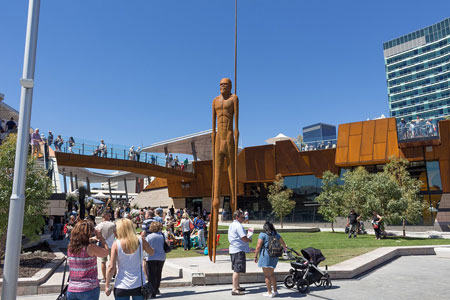Perth Translation Services » Dutch translator » Dutch Brochure Translation
Dutch Brochure Translation
Perth Translation Services provides Dutch brochure translations for businesses and government departments in Australia. As a professional translation services provider, we offer fast and quality Dutch brochure translations, and are able to typeset Dutch translations into existing design files.
We usually work with InDesign project folders shared by clients, and deliver multilingual brochures from a single brochure in English.
Working with local Dutch translators, designers and typesetters, you can be assured your project gets delivered by professionals familiar with the local culture and terminology used in Australia, and any project feedback gets addressed quickly.
Dutch Brochure Translators
Enquire with us today
Latest Testimonials


About the Dutch Language
The Dutch language is a West Germanic language that is spoken by around 24 million people as a first language—including the population of the Netherlands and about sixty percent of Belgium—and by another 5 million as a second language.
Among the Indo-European languages, Dutch is grouped within the Germanic languages, meaning it shares a common ancestor with languages such as English, German, and the Scandinavian languages. All Germanic languages are subject to the Grimm's law and Verner's law sound shifts, which originated in the Proto-Germanic language and define the basic features differentiating them from other Indo-European languages. This is assumed to have taken place in approximately the mid-first millennium BCE in the pre-Roman Northern European Iron Age.
The Germanic languages are traditionally divided into three groups: East (now extinct), West, and North Germanic. They remained mutually intelligible throughout the Migration Period. Dutch is part of the West Germanic group, which also includes English, Scots, Frisian, Low German (Old Saxon) and High German. It is characterized by a number of phonological and morphological innovations not found in North or East Germanic. The West Germanic varieties of the time are generally split into three dialect groups: Ingvaeonic (North Sea Germanic), Istvaeonic (Weser-Rhine Germanic) and Irminonic (Elbe Germanic). It appears that the Frankish tribes fit primarily into the Istvaeonic dialect group with certain Ingvaeonic influences towards the northwest, which are still seen in modern Dutch.

